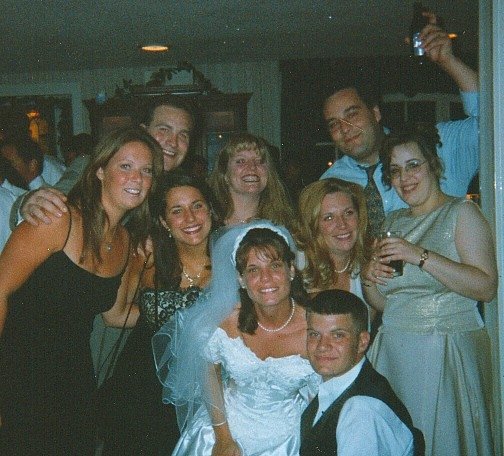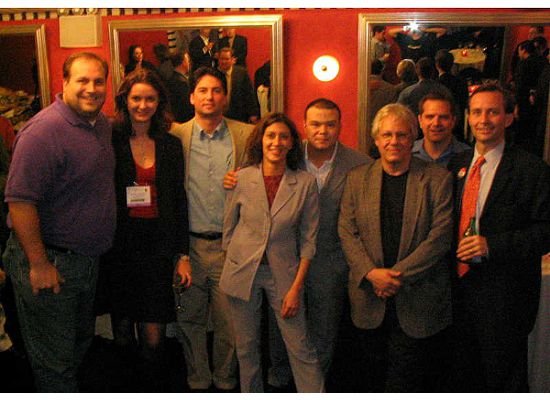Sprinkle Some Viral Goodness
/I'm starting to get tired of ad agencies trying to stake success on the notion of an ad "going viral." It's nice to see people sharing your ads with their friends, but some advertisers hoping for viral success could use a healthy dose of realism. Subservient Chicken is widely regarded as one of the most successful commercial viral campaigns ever. Depending on who you believe, estimates of its exposure to the masses could be as high as 40 or 50 million. Let's not get bogged down in the details of the execution, since I've said enough about that in columns and in posts here, and I don't want to distract from the real issue - potential exposure. Even after tens of millions of interactions with the chicken, it's fair to say there's still a lot of people who have never visited the site or who have never heard of the chicken, and that's with interactions that measure in the tens of millions.
Now, take a look at some of the more successful non-commercial viral phenomena. The Numa-Numa Guy, Star Wars Kid and a few others measure their downloads in the billions. Yes, I said BILLIONS. I haven't even seen reliable estimates of the number of downloads or the potential exposure for things like the All Your Base craze, Weebl & Bob, the Chuck Norris stuff or any of the other more successful non-commercial phenoms. Let's be conservative and say that Star Wars Kid has been downloaded 1 billion times.
Let's be gracious and say that Subservient Chicken has 50 million visits. In terms of raw exposure, some kid swinging a golf ball retriever around like a lightsaber has 50 times the potential exposure of Subservient Chicken. I'm not counting anything like the PR that Subservient Chicken generated, but I'm also not counting anything beyond the download of the original Star Wars Kid video. And yes, I realize I'm comparing downloads to site visits. If we wanted to crack open that can of worms, I'm sure a more scientific exploration would further expose the chasm between the non-commercial stuff and commercial ad campaigns.
A fairly recent viral video called "Bride has Massive Hair Wig Out" turned out to be a commercial promotion for Unilever. It got some great exposure from a viral standpoint, but were only talking about a couple million views on YouTube. We're orders of magnitude away from the success achieved by non-commercial players. For most of WigOut's life online, it didn't carry the stigma normally associated with commercial viral campaigns, as the connection between the video and Unilever wasn't disclosed from the beginning.
My point in posting about all of this is that odds are overwhelmingly against advertisers who want viral success as a portion of their online programs. Thus, a viral strategy certainly shouldn't be the only thing that builds exposure to an ad or video. There needs to be something a bit more concrete to help build exposure, like an online ad campaign.
Even if your online videos are compelling and they get exposure in all the right places from fans of your brand, the numbers are overwhelming against your success. Don't rely solely on viral juju to get you to your target audience.












































